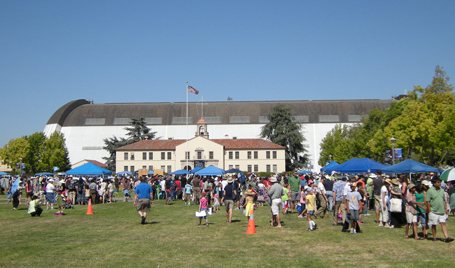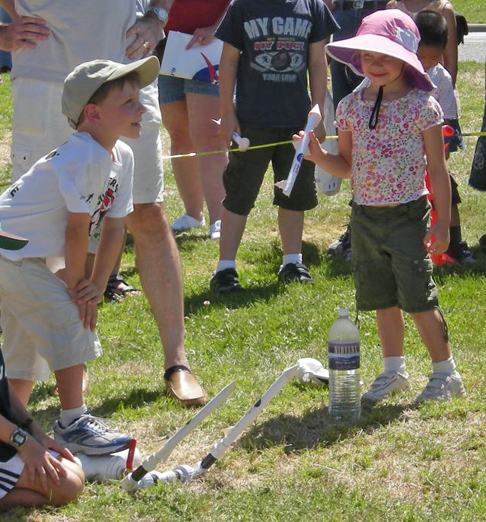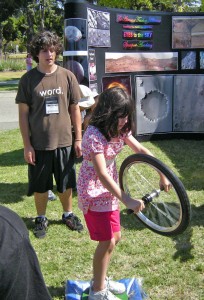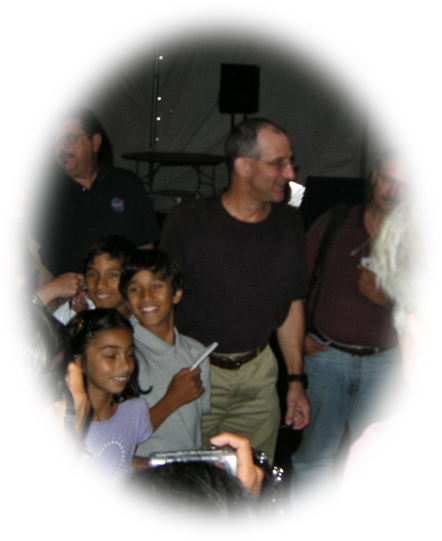New Scientist cover!
Monday, July 13th, 2009
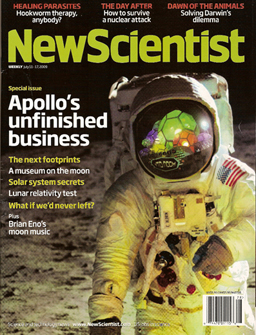
Forty years later
In honor of the 40th anniversary of the Apollo 11, New Scientist has a special eight-page feature this week on the legacy of Apollo, called “Why the moon still matters.” I wrote the cover story, to which they gave the provocative but also quite appropriate title, “It’s the solar system, stupid.”
Although I didn’t make up the title, I think it rather nicely sums up the main message of my article, which is that by studying the moon rocks we learned about a lot more than just the moon — we learned about how the whole solar system was put together.
Besides my article, there are four other articles in the package, all very much worth reading. Stuart Clark writes about an experiment that the astronauts left on the moon that is still returning data, 40 years later: the laser reflectors that are used to measure the distance from Earth to the moon. Greg Klerkx asks what the nationality of the next person to set foot on the moon will be. Hint: There’s a very good chance that he (or she) won’t be American. Linda Geddes discusses plans to preserve the historic sites of the early moon landings. Ironically, they won’t need any preservation at all until humans start going back to the moon — but then we will have to think about how to keep every space tourist from placing their boot print next to Neil Armstrong’s. Finally, Henry Spencer speculates about what life on the moon (pop. 5000) would be like today if we hadn’t stopped sending astronauts to the moon in 1972. By the way, I think his scenario is a little bit too optimistic, but that’s what makes speculation fun.
Elsewhere in the issue, there is a short interview with Brian Eno, who wrote a musical composition called “Apollo” in 1983, which will have its first live performance at the Science Museum in London on July 20. I learned something from this interview I never knew before: “Every [Apollo] astronaut was allowed to take one cassette of their favorite music. All but one took country and western,” Eno said. I wonder who the one was?
The New Scientist website also has a comments forum. One guy wrote in and said that he doesn’t understand why we aren’t sending robot missions up to the moon every month by now. “I WANT MY MOON ROVERS!!” he wrote. That’s the spirit! Unfortunately, the New Scientist site includes some comments by the tiresome and rather sad people who believe that the moon landings were faked. If you want to discuss the articles without having to read such pointless debates, please feel free to comment here. I promise to delete all comments from moon-hoax-conspiracy theorists.
P.S. for word fans: In my article I used the word “gambolled” in print for the first time! According to the fascinating website www.wordcount.org, “gambolling” is the 81,852-nd most common word in the English language. Amazingly, it follows “atns” (huh?) but it is more common than “sundae.” The word “gambolled” is not listed.
